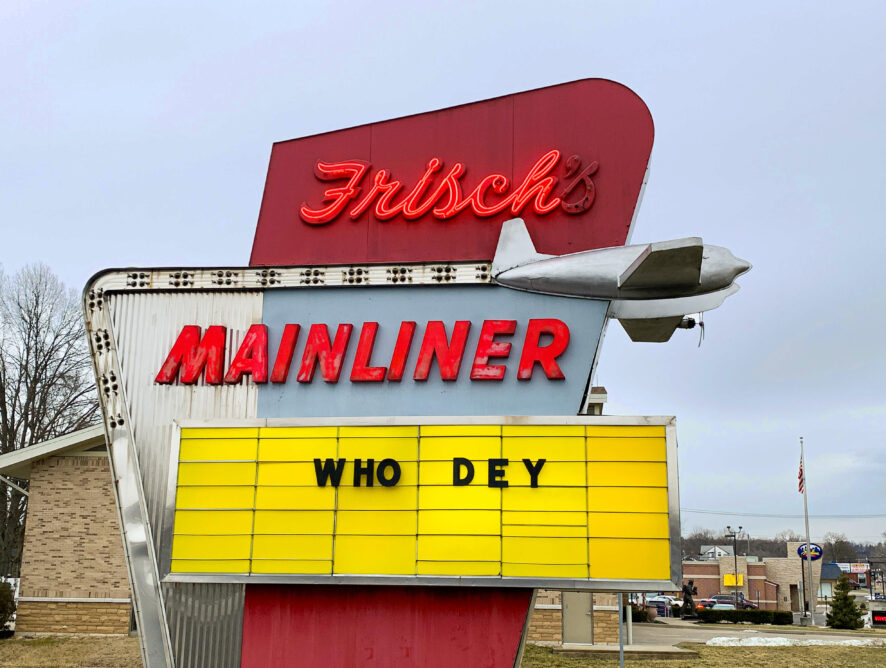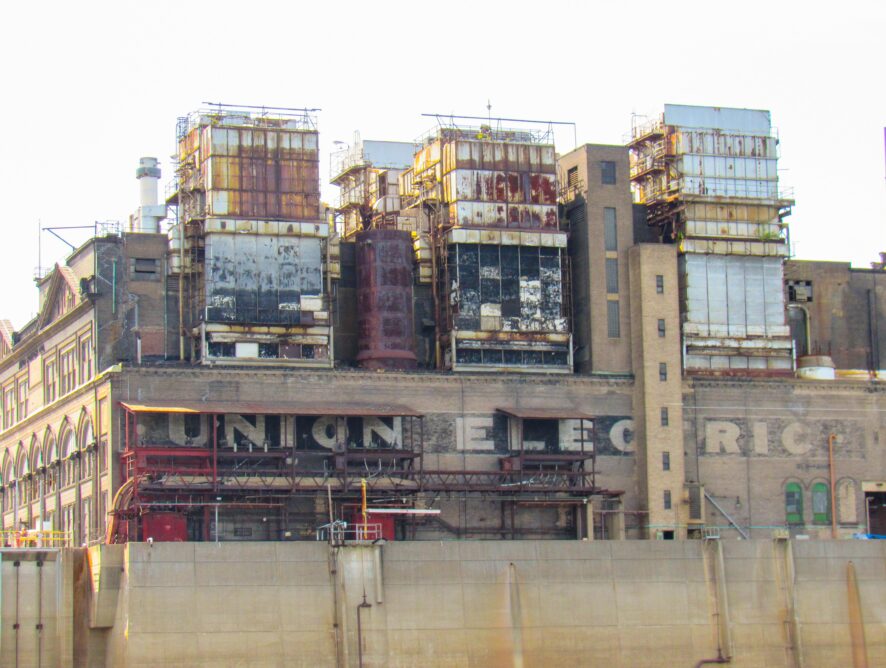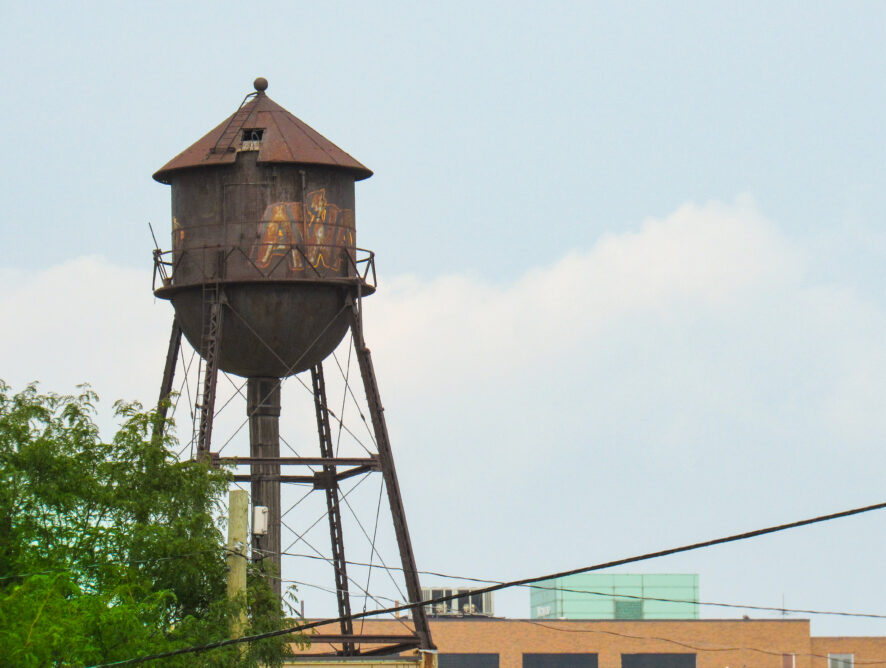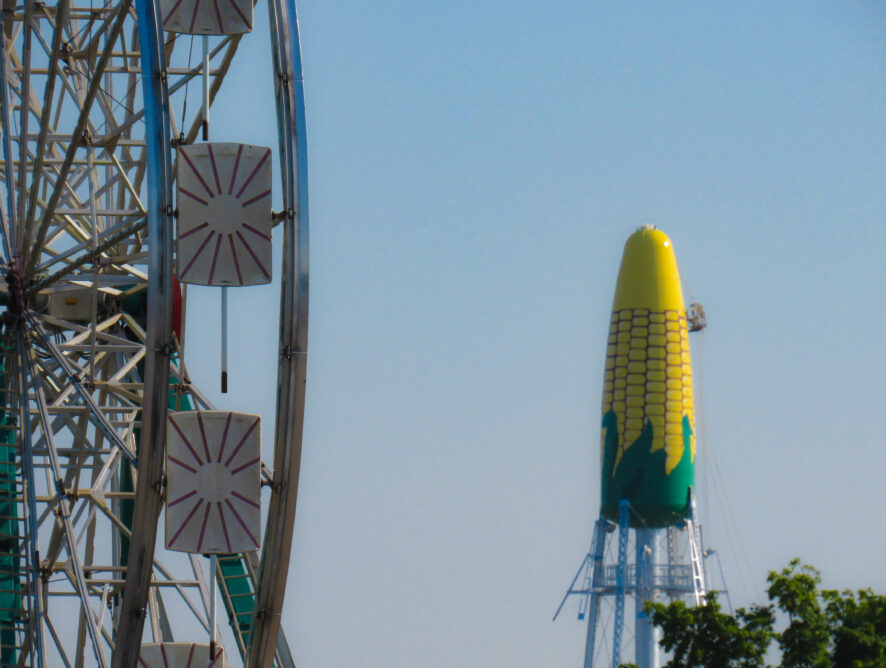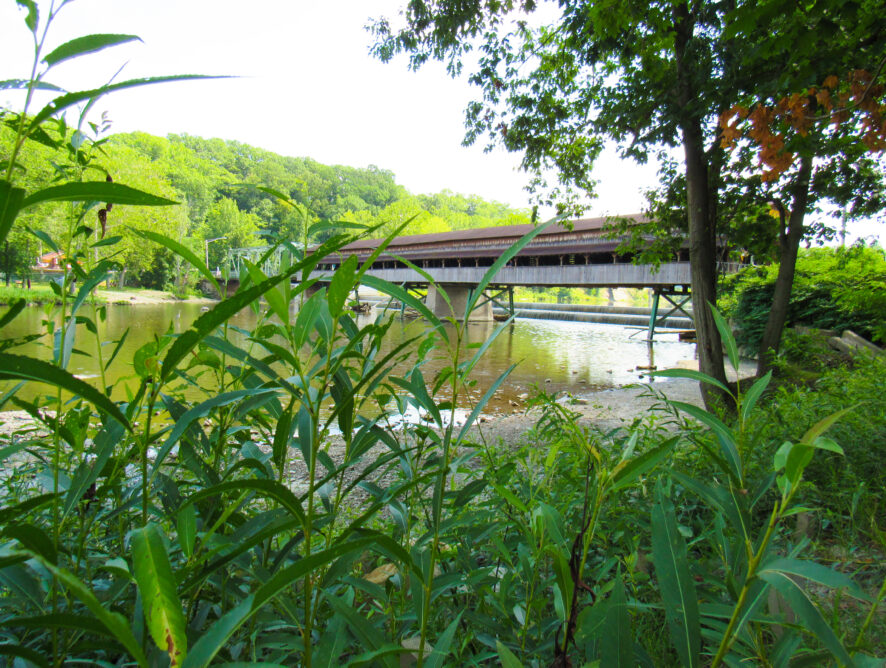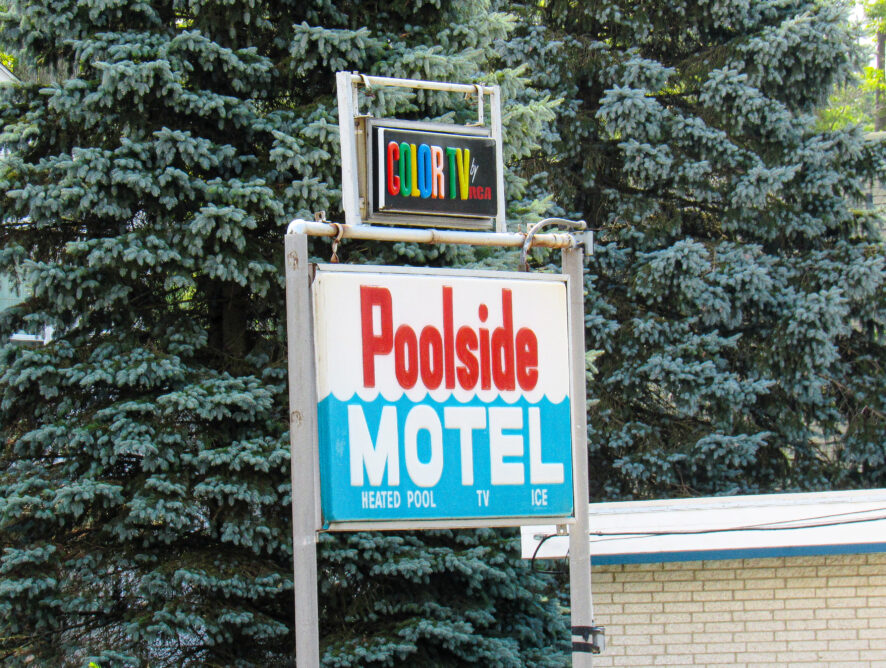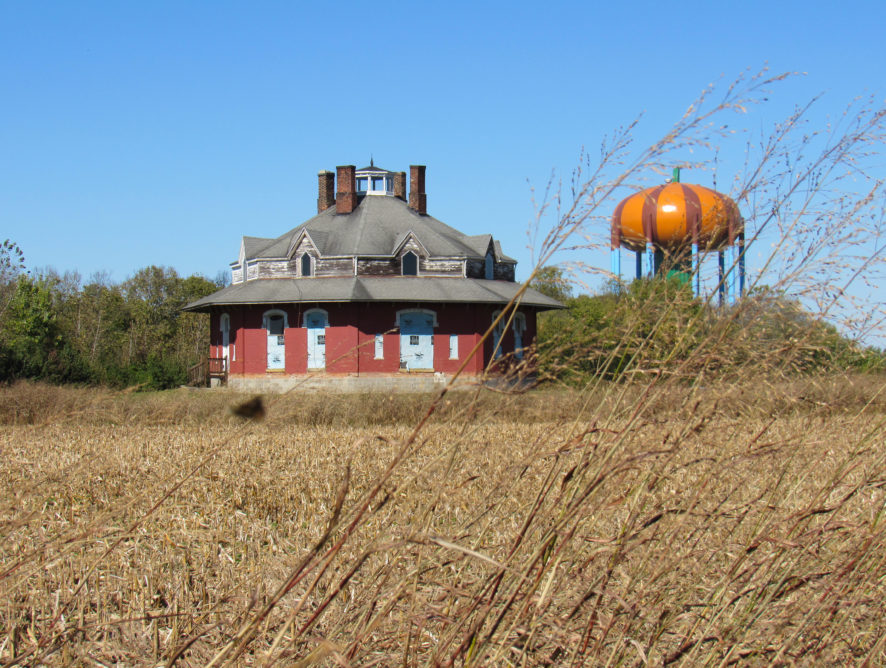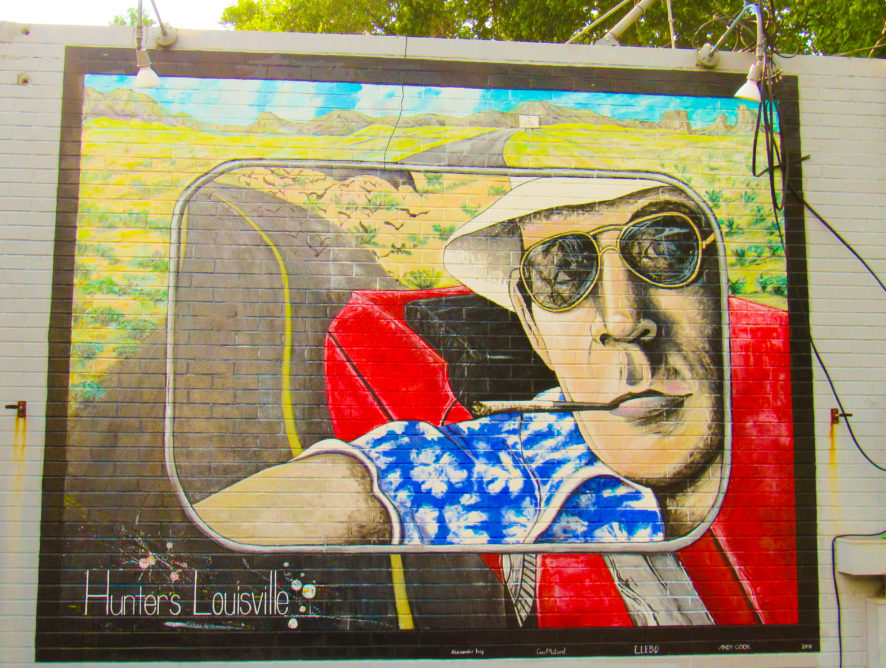As an English major and a student, I’m an enthusiast of signs and symbols. As an American, I’m fascinated with branding, logos, and mascots. So much so, I’ve always wanted a full-sized fiberglass Big Boy of my own. I’m always curious how well the merchandising promise of a brand correlates with its delivered product. More specifically, I’m interested in how well a brand’s image reflects the society of the time.
Case in point: the Frisch’s Big Boy Mainliner in Cincinnati. I was going to Cincinnati for a work meeting when I passed it on the way into town, and knew I had to stop and take a look as I was heading home.
Dave Frisch was born into a restaurant-owning family in 1905. He worked in his family’s restaurants for over 30 years until he opened the Mainliner as a drive-in in 1939. The restaurant was a drive-in, with only 8 seats inside and parking for 60 cars to be serviced by car hops. The Great Depression had (for the most part) ended, and despite growing concerns about Hitler’s rise in Europe, Americans were feeling optimistic. Auto manufacturers had spent a decade focusing on marketing automobiles to only the richest people, which had created a luxury auto market. The Douglas DC-3, released a few years before and nicknamed “The Mainliner”, was the first luxury tri-motor airplane, capable of crossing the continental United States in 16 hours. After a decade of economic despair, it was a time of opportunity and upward mobility.
So Dave Frisch reflected that in his restaurant. The Mainliner became a popular destination for a fast, quality meal, enjoyed in the confines of an increasingly-mobile society’s archetypal symbol – the automobile. And to welcome its customers was the sign: stainless steel, neon, and a model of the namesake DC-3.
The Mainliner became so popular that California restauranteur Bob Wian approached Frisch to turn the restaurant into one of his Big Boy franchises. Frisch converted the restaurant into a Big Boy in 1946, and eventually grew Frisch’s into one of the largest Big Boy restaurant groups in the world.
